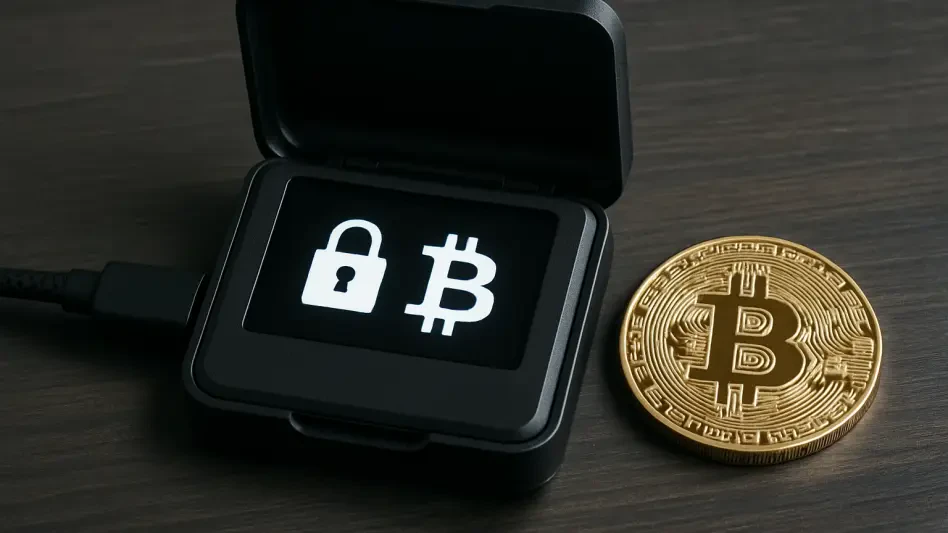In an era where cybersecurity measures are becoming increasingly sophisticated, new techniques are consistently being devised to outsmart these defenses. A novel form of phishing attack involving blob URLs has recently emerged, presenting a significant challenge to Secure Email Gateways (SEGs) and cybersecurity professionals. This technique utilizes blob URLs to generate temporary data that’s accessible only within a victim’s browser. It fundamentally evades traditional detection systems, rendering many phishing strategies ineffective. This article delves into the mechanics of this advanced threat and the implications it holds for security measures and user education.
Understanding the Mechanism of Blob URL Phishing
Temporary Data and Browser-Based Attacks
Blob URLs present a unique form of phishing attack due to their ability to store temporary data that eludes traditional scanning tools. These URLs generate content dynamically, only allowing access and rendering within the user’s browser environment. This method bypasses SEGs by embedding links to legitimate, allowlisted websites, cleverly avoiding direct connections to known malicious domains. This stealth tactic prevents email filters from flagging such communications as threats. As this strategy doesn’t store data permanently on the server, conventional phishing detection systems struggle to detect and neutralize these threats effectively.
Once a recipient interacts with an email, they are directed through a series of intermediary sites, often leveraging recognizable and trusted platforms like Microsoft OneDrive. This redirection ultimately leads the user to a locally-generated blob URL. The phishing content is then rendered entirely within the browser memory, escaping scrutiny by most security tools, creating a significant blind spot. This step effectively eludes SEG scrutiny, demonstrating the subtlety and advanced nature of the phishing scheme. Standard user education on verifying URL integrity also fails against this technique, intensifying its danger.
Mimicking Trusted Services for Exploitation
The sophistication of blob URL phishing attacks extends beyond the generation of temporary data. The actual phishing pages, once rendered, often feature highly convincing login forms that imitate widely used services like Microsoft 365 or OneDrive. These deceitful pages are meticulously crafted to appear authentic to unsuspecting victims. Hidden features embedded within these forms are designed specifically to siphon off sensitive information like login credentials. This exfiltrated data is sent to remote servers that fall under the control of the cyber attackers.
The intricacy of these fake login forms contributes to the success rate of the phishing attacks. Users, believing they are interacting with legitimate platforms, are more likely to input personal information. The stolen credentials provide attackers with unauthorized access to sensitive data, increasing the potential for further exploitation. This method underscores a significant challenge, not just for technical countermeasures but also for user awareness and education, which are critical in recognizing such threats.
Security Implications and Future Considerations
Challenges to Technological Defenses
The rise of blob URLs in phishing tactics underscores the inadequacy of existing technological defenses, urging a revision of current security strategies. Since these attacks render phishing content solely in browser memory, traditional detection tools are rendered ineffective. This limitation suggests the urgent need for more advanced analysis tools capable of real-time scrutiny of browser-generated URLs. Innovations in detection technology are paramount, requiring security solutions that can effectively monitor and scrutinize dynamic, ephemeral data.
This evolving threat also involves reconsidering detection strategies within browser environments. By focusing on user-side processing, security solutions must evolve to monitor and manage these transient URLs without compromising system performance or user privacy. Collaborations between web browsers and security software developers could pave the way for integrated solutions that automatically recognize and flag potentially harmful blob URLs. This collaborative approach could form part of a multi-layered defense strategy that addresses the unique challenges posed by this new phishing tactic.
Enhancing User Education and Awareness
As attackers innovate with blob URLs, the digital landscape demands that we refine our defenses and raise awareness, ensuring users are well-equipped to recognize and respond to these emerging risks in the ever-evolving cybersecurity arena. Cybersecurity is growing ever more intricate, as methods to counteract threats are continually advancing. Yet, as defenses improve, so do the strategies employed by cybercriminals. Blob URLs generate temporary data, visible only to those using a web browser, which escapes the scrutiny of standard detection systems. This makes many traditional phishing protection strategies inadequate. The consequence is a substantial challenge for both security measures and the education of users in safeguarding their data.








